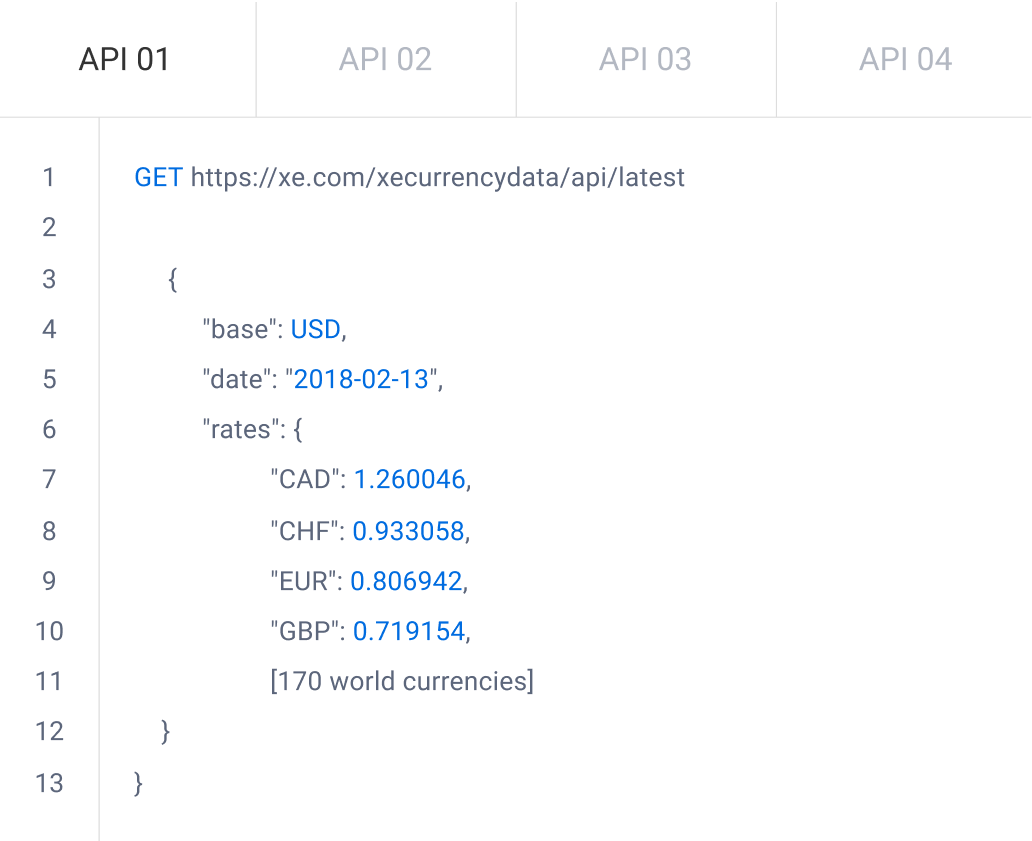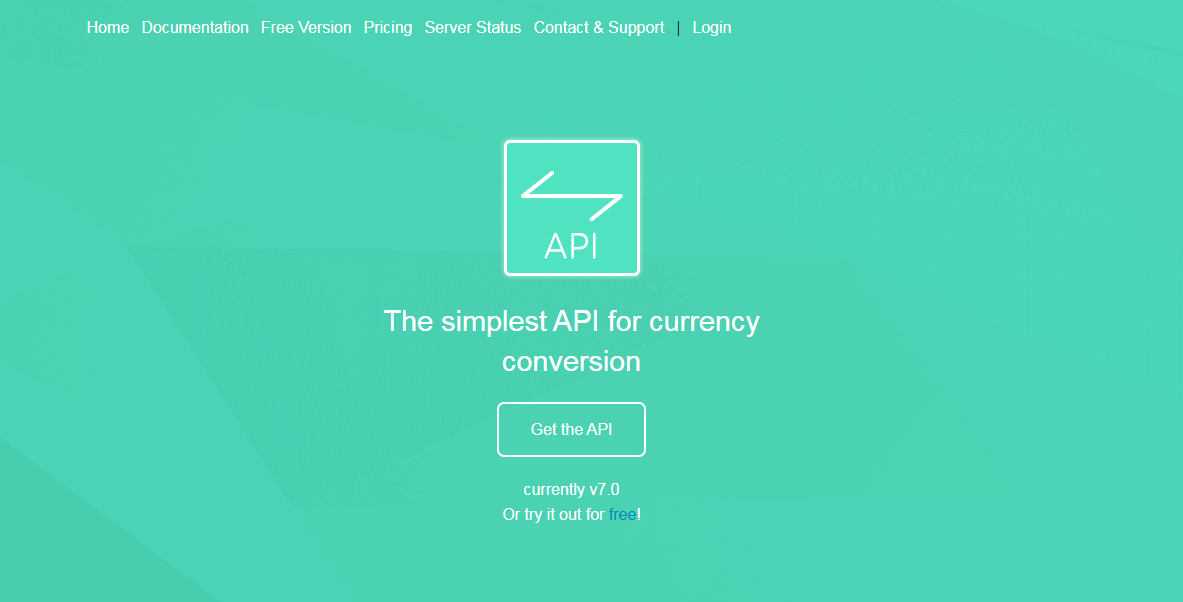

For example: def options(self, request, *args, **kwargs):ĭon't include the view description in OPTIONS responses.ĭata = termine_metadata(request, self) You can modify the response behavior to OPTIONS requests by overriding the options view method and/or by providing a custom Metadata class. When using the generic views, any OPTIONS requests will additionally respond with metadata regarding any POST or PUT actions available, describing which fields are on the serializer. A view will respond to an OPTIONS request with metadata including the name, description, and the various media types it accepts and responds with. REST framework APIs also support programmatically accessible descriptions, using the OPTIONS HTTP method. To provide descriptions for each view, such as for the list and retrieve views, use docstring sections as described in Schemas as documentation: Examples. Note that when using viewsets the basic docstring is used for all generated views. Returns a list of all **active** accounts in the system.įor more details on how accounts are activated please. For example: class AccountListView(views.APIView): If the python Markdown library is installed, then markdown syntax may be used in the docstring, and will be converted to HTML in the browsable API. The description in the browsable API is generated from the docstring of the view or viewset. For example, the view set UserViewSet will generate views named User List and User Instance. When working with viewsets, an appropriate suffix is appended to each generated view. Any trailing View or ViewSet suffix is stripped, and the string is whitespace separated on uppercase/lowercase boundaries or underscores.įor example, the view UserListView, will be named User List when presented in the browsable API. The title that is used in the browsable API is generated from the view class name or function name. The documentation for each API endpoint can be provided simply by visiting the URL in your browser. The browsable API that REST framework provides makes it possible for your API to be entirely self describing. Several popular plugins for DRF are supported out-of-the-box as well. I18n, versioning, authentication, polymorphism (dynamic requests and responses), query/path/header parameters,ĭocumentation and more. There is explicit support for swagger-codegen, SwaggerUI and Redoc, It aims to extract as much schema information as possible, while providing decorators and extensions for easyĬustomization. Usage patterns are very similar to drf-yasg. This also translates into a very useful interactive documentation viewer in the form of swagger-ui:ĭrf-spectacular - Sane and flexible OpenAPI 3.0 schema generation for Django REST frameworkĭrf-spectacular is a OpenAPI 3 schema generation tool with explicit focus on extensibility,Ĭustomizability and client generation.
#Django currency converter api documentation code
and to generate documents usable with code

Response bodies, enum/pattern/min/max validators, form parameters, etc. It aims to implement as much of the OpenAPI specification as possible - nested schemas, named models, drf-yasg - Yet Another Swagger Generatorĭrf-yasg is a Swagger generation tool implemented without using the schema generation provided There are a number of mature third-party packages for providing API documentation. See the ReDoc documentation for advanced usage. SwaggerUIBundle.SwaggerUIStandalonePreset A minimal example with Swagger UIĪssuming you've followed the example from the schemas documentation for routingĪ dynamic SchemaView, a minimal Django template for using Swagger UI might be Two popular options are Swagger UI and ReDoc.īoth require little more than the location of your static schema file orĭynamic SchemaView endpoint. There are a number of packages available that allow you to generate HTMLĭocumentation pages from OpenAPI schemas.

Generating documentation from OpenAPI schemas There are also a number of great third-party documentation packages available. REST framework provides built-in support for generating OpenAPI schemas, whichĬan be used with tools that allow you to build API documentation. Roy Fielding, REST APIs must be hypertext driven A REST API should spend almost all of its descriptive effort in defining the media type(s) used for representing resources and driving application state.


 0 kommentar(er)
0 kommentar(er)
